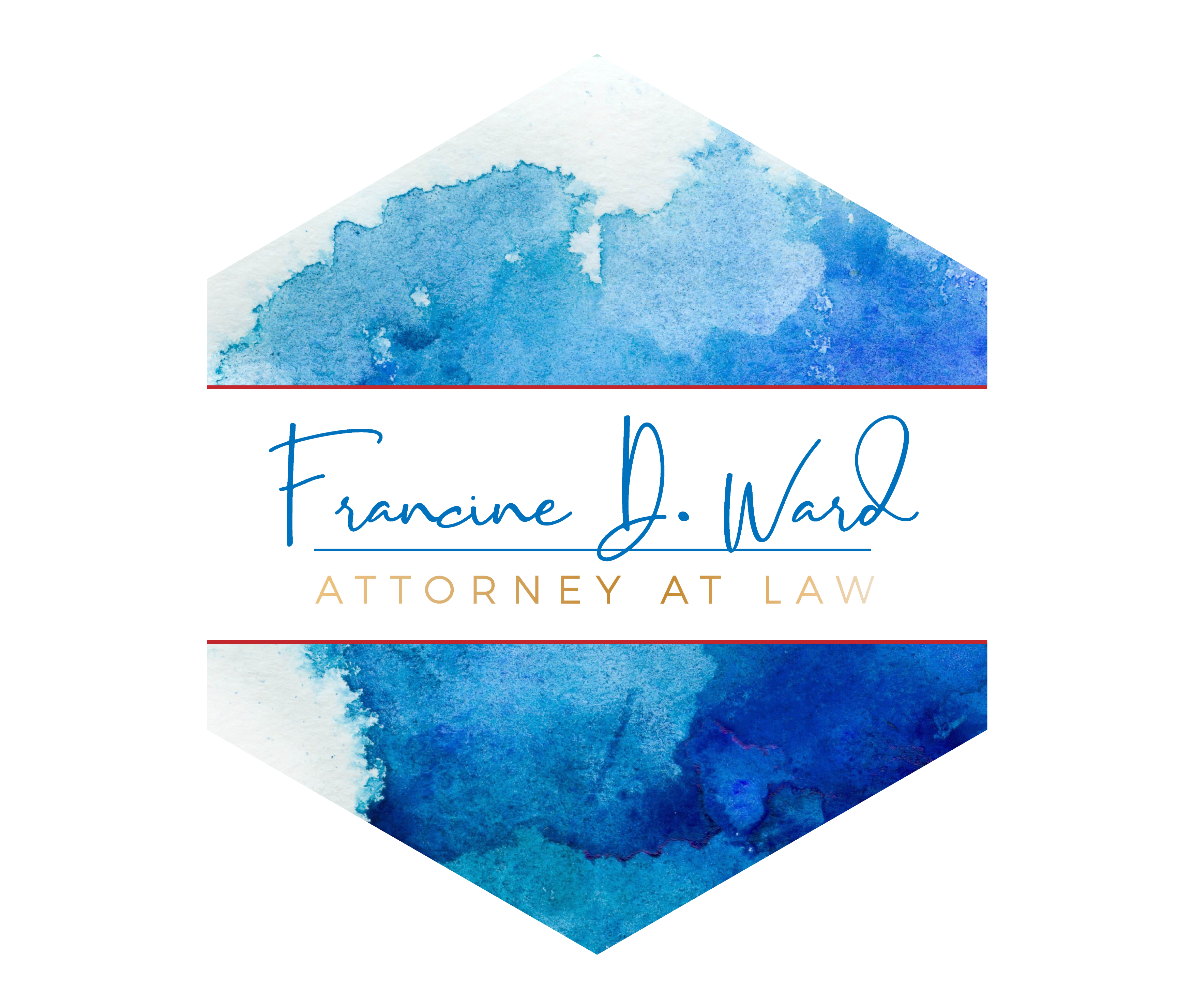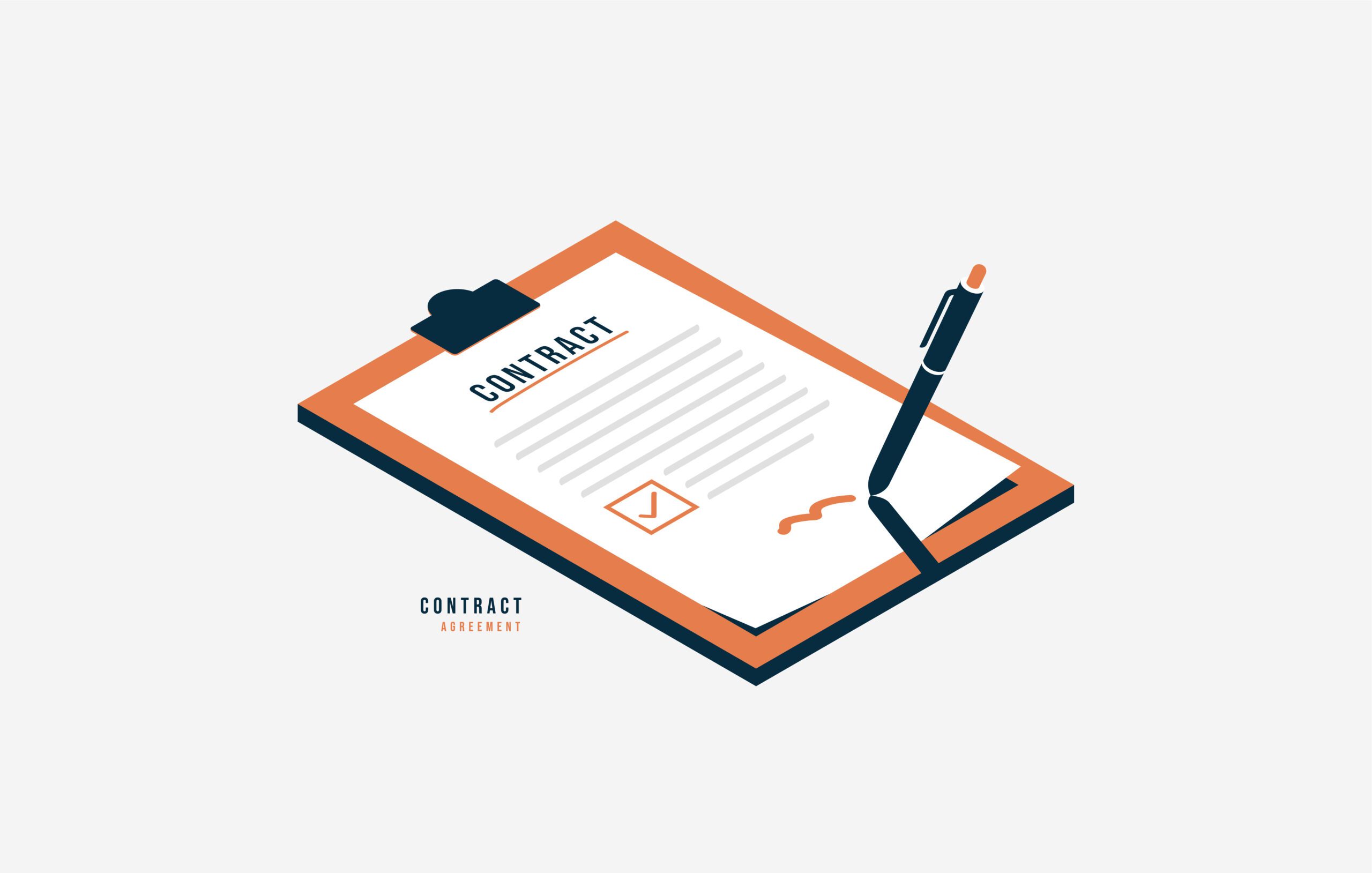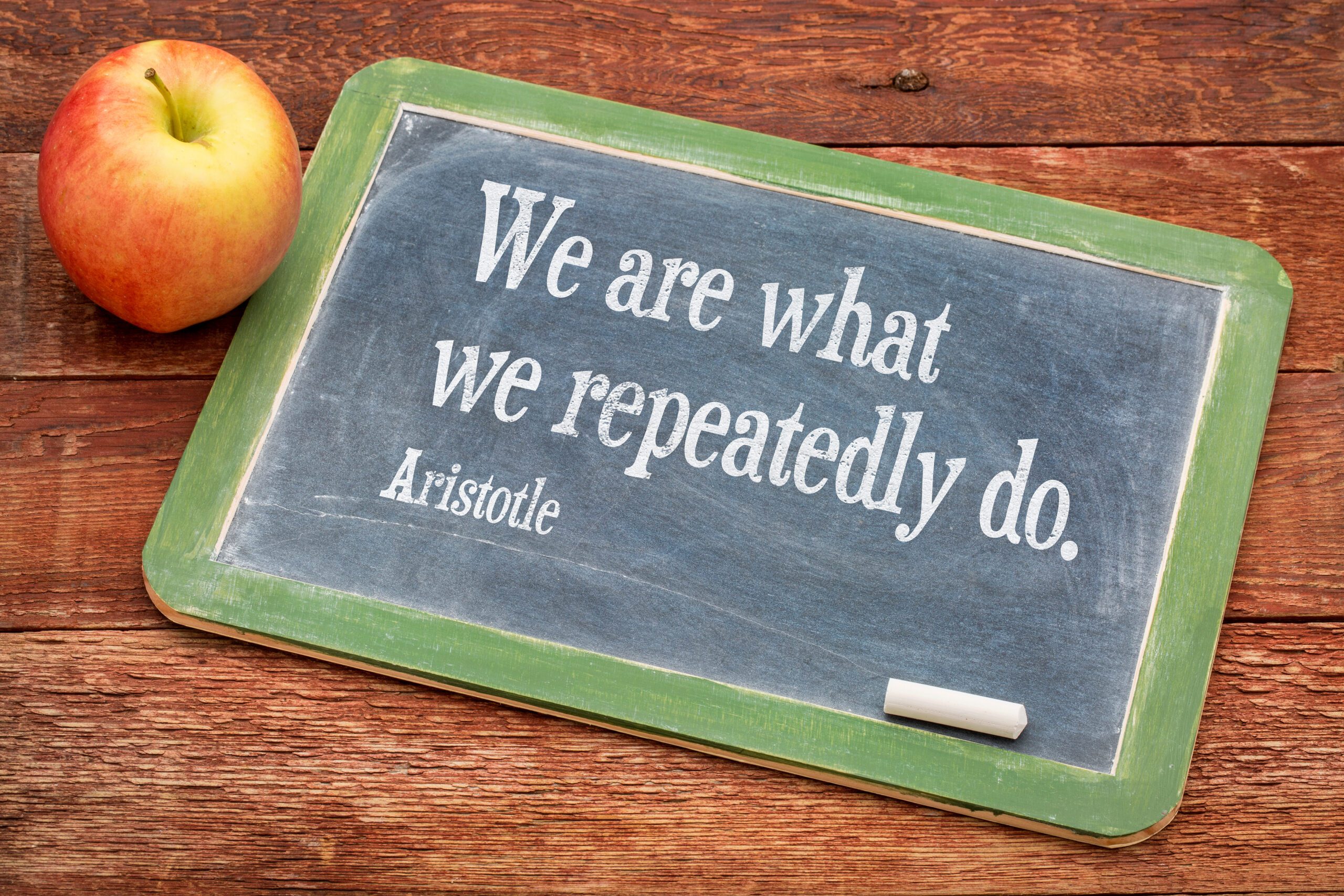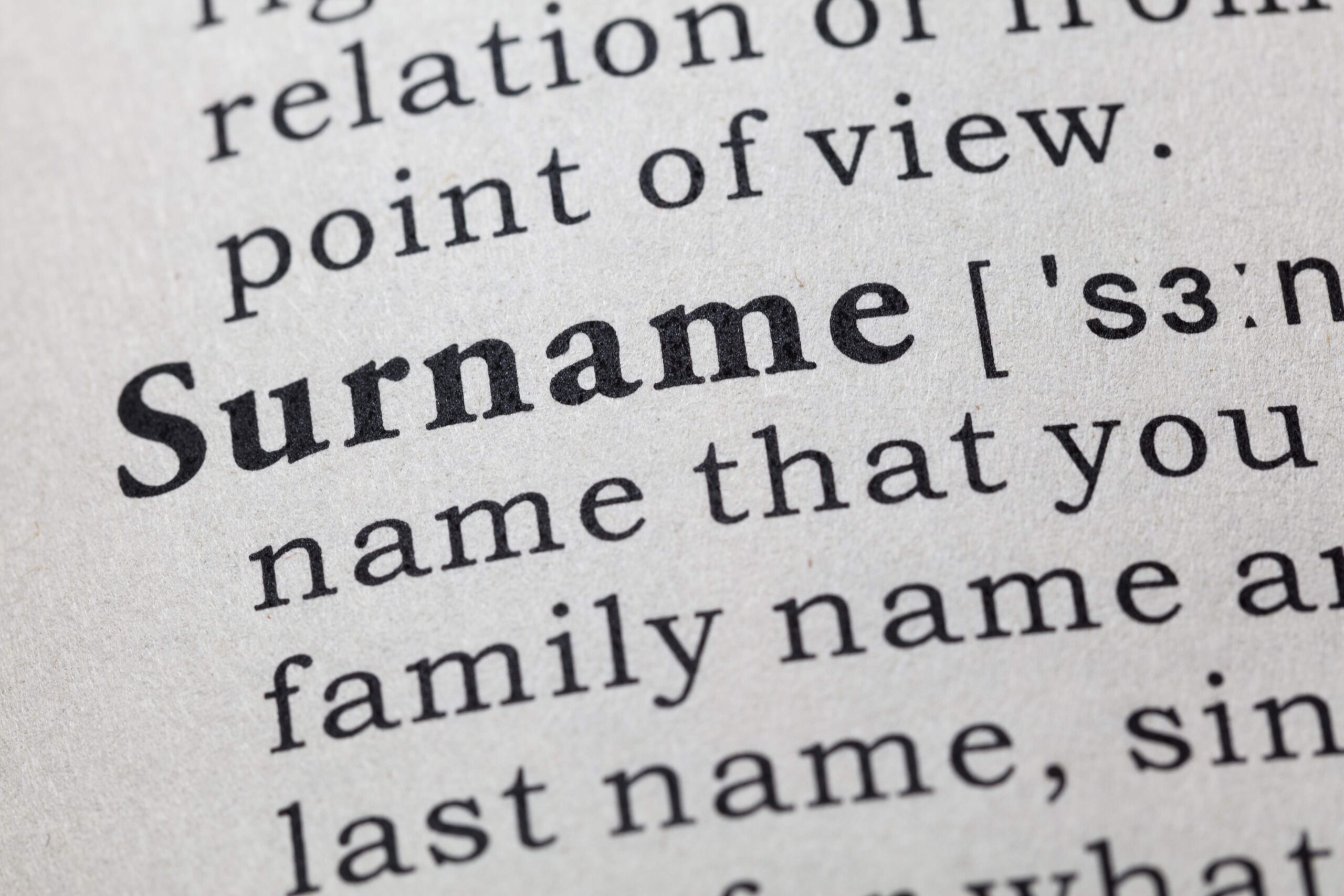So I have said it before, and I will continue to say it, “If you don’t use it, you will lose it.” That refers to many things, but in particular your registered trademark.
IKEA. Statement of Use.
Folks think once you secure a registration for your trademark, you are good to go—forever! Not so. There are a number of post-registration formalities that must be done. Among them is the USE of your trademark in the way you said you were using it when you filed your Statement of Use. If you don’t, you will lose it as IKEA discovered.
IKEA, the furniture giant, which started in 1943 in Sweden, filed its trademark in Indonesia in 2010. Since the Swedish retailer had not actively used the trademark in three consecutive years for commercial purposes in Indonesia, their trademark was subject to deletion under Indonesian law.
Then, in 2013 the Indonesian-based furniture company PT Ratania Khatulistiwa, which makes rattan furniture, filed for the trademark IKEA which is an acronym of Intan Khatulistiwa Esa Abadi that refers to the rattan industry.
In May of 2015 the Supreme Court made its decision, yet the ruling was only published by the courts this month. The court ruled for PT Ratania Khatulistiwa and ordered IKEA to stop using its own name.
The legal team for IKEA Systems B.V., the worldwide IKEA franchisor, said they are still studying the ruling. And for the foreseeable future all IKEA stores in the country will continue to operate without any interruption.
So how do you protect your trademark in overseas countries?
On its website, the USPTO offers these tips for protecting your IP overseas:
Many small companies experience difficulty protecting their IPR abroad, including in China, as they are not aware of how to obtain and enforce rights in foreign markets. Some basic, often low-cost, steps small companies should consider include:
- Working with legal counsel to develop an overall IPR protection strategy;
- Developing detailed IPR language for licensing and subcontracting contracts;
- Conducting due diligence of potential foreign partners (The U.S. Commercial Service can help, see Export.gov);
- Recording their U.S.-registered trademarks and copyrights with Customs and Border Protection; and
- Securing and registering patents, trademarks, and copyrights in key foreign markets, including defensively in countries where IPR violations are common.
For more information and to learn how to register your trademark overseas, read here.
Remember that you must protect your trademark and know the laws! Until next time, I’m Attorney Francine Ward helping you protect what’s yours! Join my conversation on my Facebook Law Fan Page, Twitter Law Page, in one of my LinkedIn Groups, or in one of my Google+ Circles.










